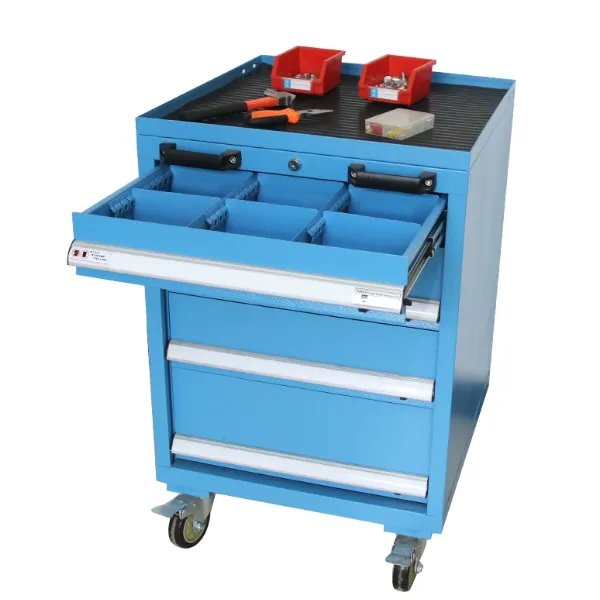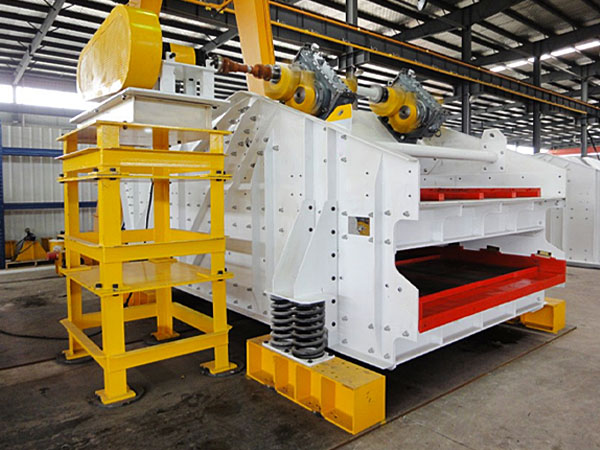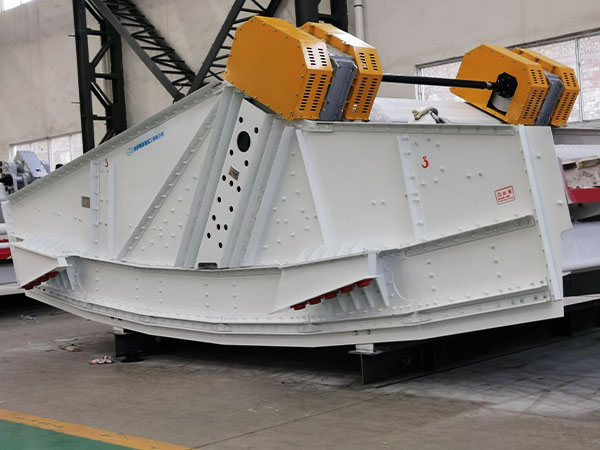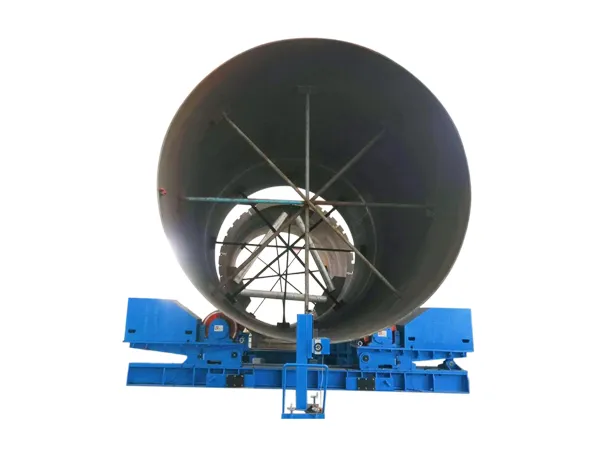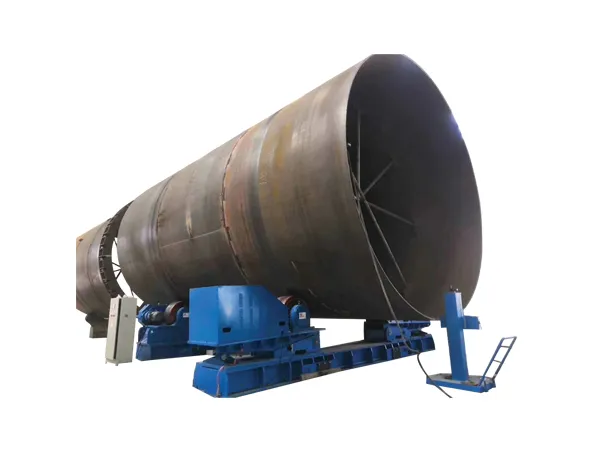Mobile storage shelves typically refer to shelving units or systems that are designed to be mobile or easily movable. These storage solutions are commonly used in various settings, such as offices, libraries, warehouses, healthcare facilities, and more. The mobility of these shelves is often achieved through the use of wheels or casters, allowing the entire shelving unit to be easily repositioned as needed.
Mobile Storage Shelves Composition

Shelving Material
- Steel: Many mobile storage shelves are constructed using steel. Steel is a durable and robust material that provides strength to the shelves, allowing them to support heavy loads.
- Aluminum: In some cases, aluminum may be used for its lightweight properties. While not as heavy-duty as steel, aluminum can still offer strength and resistance to corrosion.
Shelving Surfaces:
- Laminates: Shelves may feature laminated surfaces for a smooth and easy-to-clean finish. Laminates can also add an aesthetic touch to the shelving system.
- Powder Coating: Steel components are often powder-coated for enhanced durability, corrosion resistance, and an appealing finish.
Frame Structure:
- Steel Frames: The frames that support the shelves are typically made of steel for stability and load-bearing capacity.
- Rolling Mechanism: Mobile storage shelves often have a rolling or sliding mechanism that allows them to be easily moved along tracks. This mechanism may include wheels or bearings for smooth mobility.
Tracks and Rails:
- Steel Tracks: The tracks or rails on which the mobile shelves move are commonly made of steel. These tracks are crucial for the smooth and efficient operation of the mobile shelving system.
Handles and Controls:
- Ergonomic Handles: Handles for moving and accessing the shelves are often designed to be ergonomic for ease of use. They may be made of materials such as plastic or rubber for a comfortable grip.
- Control Mechanisms: Mobile storage systems may include controls for locking, unlocking, and moving the shelves. These controls are usually designed to be user-friendly.
Finishing and Coating:
- Anti-corrosion Coating: Steel components may have anti-corrosion coatings to protect them from rust and other environmental factors.
- Paint or Finish: Aesthetic considerations may involve painting or finishing the steel components to match the overall design or color scheme.
Adjustability:
- Adjustable Shelves: Some mobile storage shelves allow for shelf height adjustment to accommodate different types of items or changing storage needs.
Safety Features:
- Locking Mechanisms: Mobile storage shelves often include locking mechanisms to secure the shelves in place when needed, preventing unintentional movement.
- Safety Sensors: Some systems may feature safety sensors to detect obstacles or obstructions in the path of moving shelves, ensuring safe operation.
…
For more detailed information about mobile storage shelves, please click here: https://www.etegreen.com/en/a/news/mobile-storage-shelves-introduction.html

